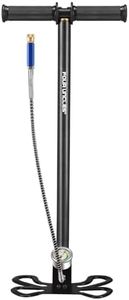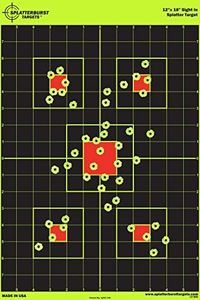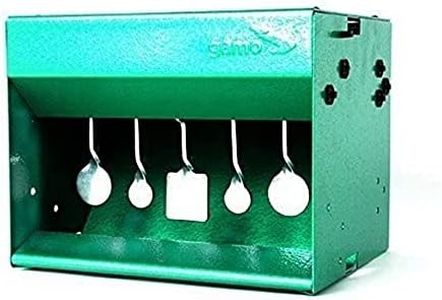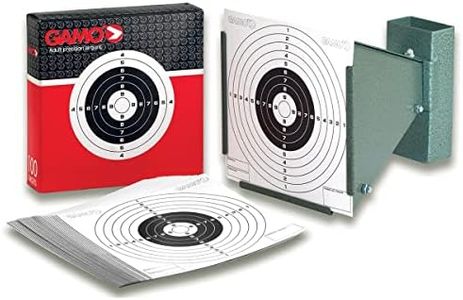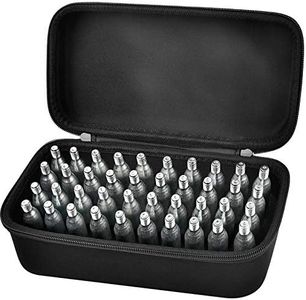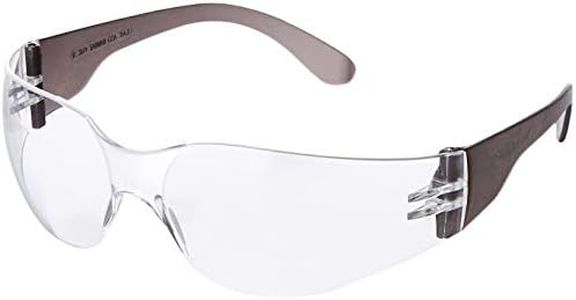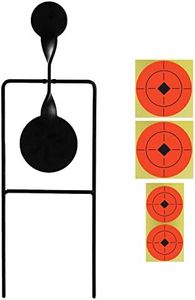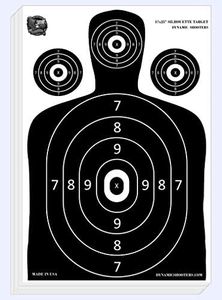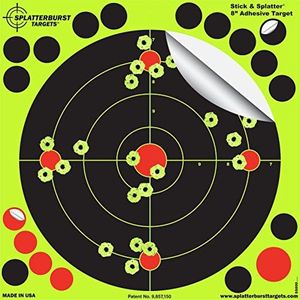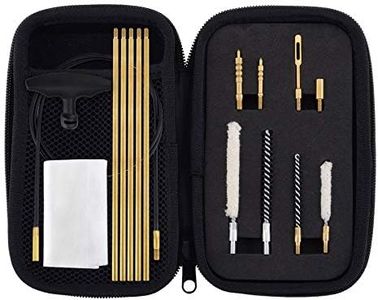We Use CookiesWe use cookies to enhance the security, performance,
functionality and for analytical and promotional activities. By continuing to browse this site you
are agreeing to our privacy policy
10 Best Pellet Guns
From leading brands and best sellers available on the web.By clicking on a link to a third party's website, log data is shared with that third party.
Buying Guide for the Best Pellet Guns
When choosing a pellet gun, it’s important to start by thinking about what you’ll mainly use it for—target practice, pest control, or maybe casual plinking for fun. Each use can require different features. Always make sure you understand local laws about ownership and use, and prioritize safety at all times, including proper handling and eye protection. Taking the time to learn about different options will help you find a pellet gun that feels comfortable, performs well for your chosen activities, and matches your experience level.Power SourceThe power source refers to how a pellet gun is powered—this could be spring-piston, gas piston, CO2, or pneumatic (pump). This is important because it affects how the gun feels, its maintenance needs, and sometimes its power. Spring-piston guns are straightforward and reliable, suitable for most beginners, while gas piston variants are similar but often smoother to cock and shoot. CO2-powered guns are easy to shoot quickly but can lose power in cold weather and require new cartridges. Pump (pneumatic) guns need to be manually pumped before each shot, which can be slower but lets you adjust power. Consider how much setup and reloading effort you’re comfortable with, and pick a power source that matches how and where you’ll be shooting.
CaliberCaliber means the diameter of the pellet, with the most common being .177 and .22, though .20 and .25 exist too. This matters because it influences accuracy, power, and pellet selection. .177 is generally better for target shooting due to its flatter trajectory and is most common for beginners. .22 pellets are larger and carry more power, making them a popular choice for pest control. If you want to do a bit of everything, think about which activity you want to focus on most, and that should guide your caliber choice.
VelocityVelocity is how fast the pellet leaves the gun, usually measured in feet per second (fps). This affects both accuracy and how hard the pellet hits the target. Low velocity (below 600 fps) is usually enough for indoor or target practice. Medium (600-900 fps) suits outdoor target shooting and small pests, while high velocity (900+ fps) can be used for further distances and more challenging targets. Choose your desired power based on what you plan to shoot at—higher isn’t always better, especially for beginners or if you value quieter shots.
Action TypeAction type is how the gun is loaded and fired. Single shot pellet guns require you to load each pellet separately, providing better focus on accuracy and safety. Magazine-fed or repeater types let you fire multiple shots more quickly before reloading. Beginners and those who want to focus on learning good habits may prefer single shot, while repeaters could be convenient for more experienced shooters or action shooting.
Build Quality and ErgonomicsThis refers to how well the gun is made and how it feels in your hands. A well-built pellet gun is generally more accurate, durable, and pleasant to use. Lightweight, synthetic models are great for younger users or those carrying it for a long time, while wood stocks often feel sturdier and can offer better balance. Try to handle different styles to see which grip, weight, and balance fits you best, as comfort can greatly affect your enjoyment and accuracy.
Sights and OpticsSights and optics help you aim. Basic guns come with open or iron sights, which can be enough for shorter distances or casual use. Some models have scopes or rails to add a scope, which makes it easier to aim at longer distances. Decide whether you prefer simple aiming or more precise shooting, and pick a gun that matches your needs or can be upgraded with better sights.
